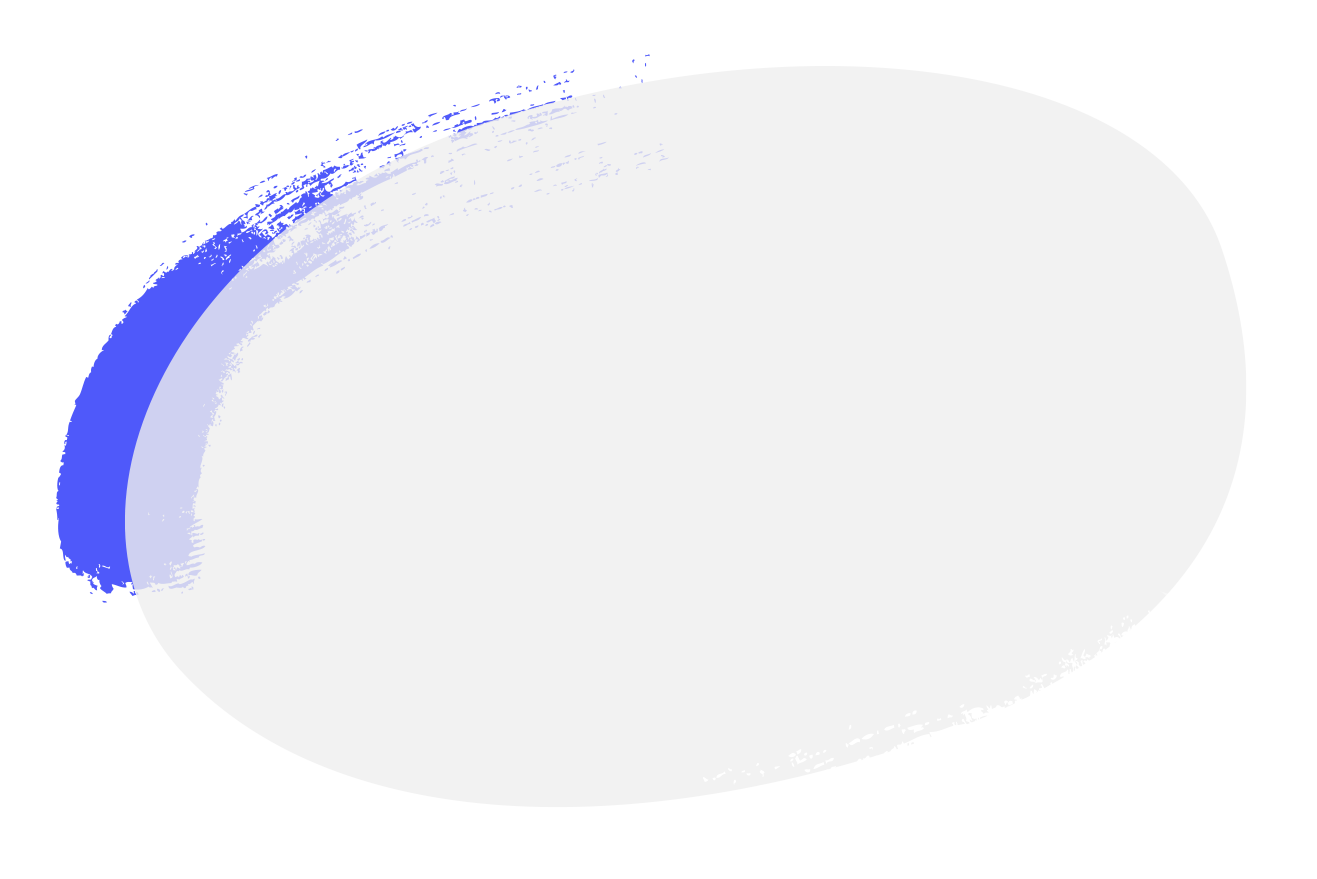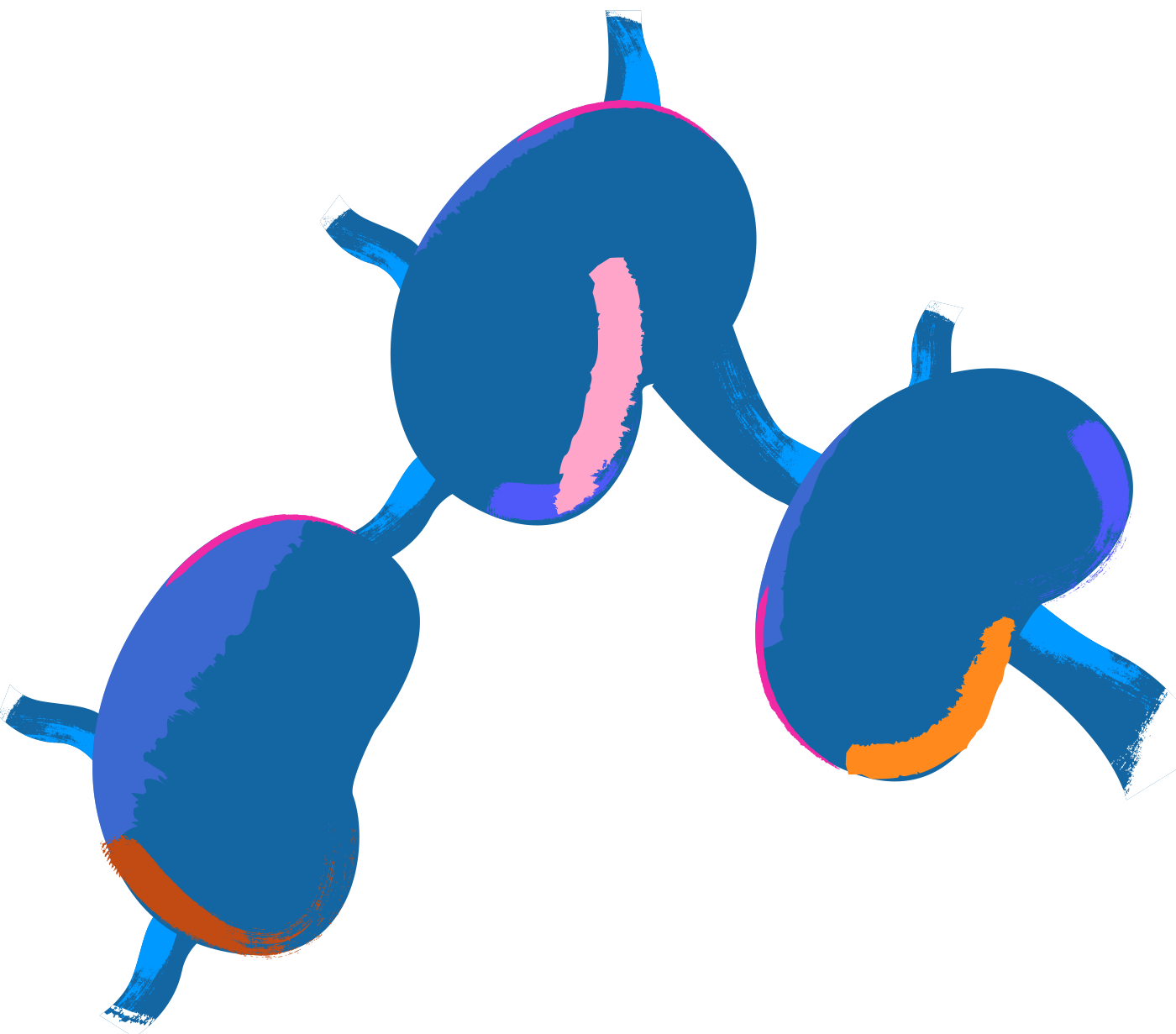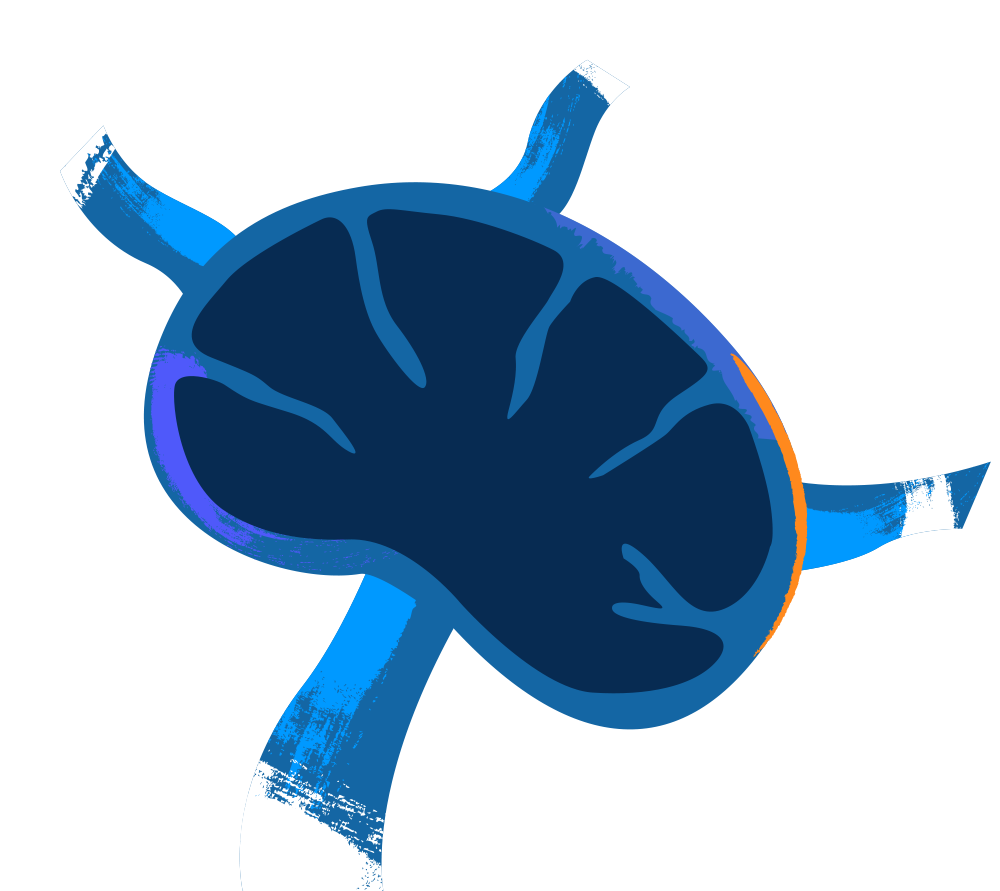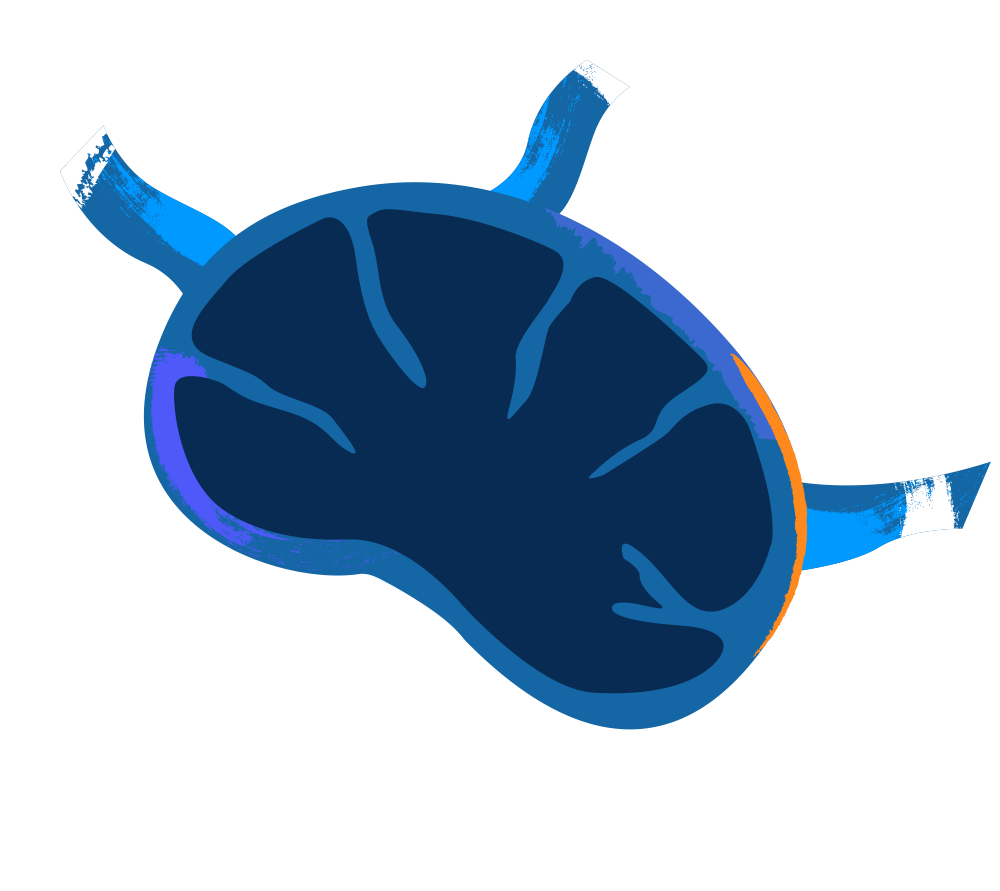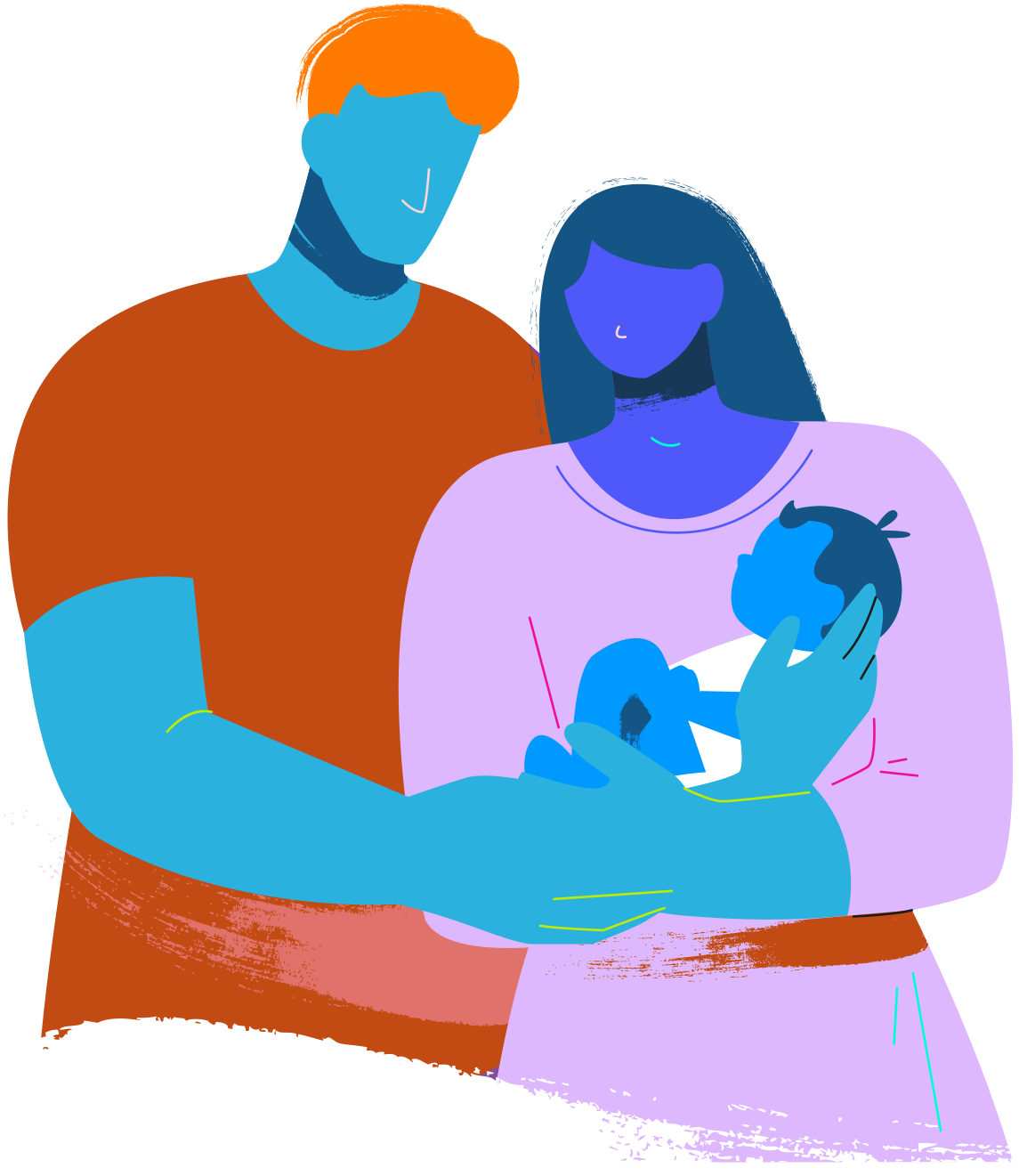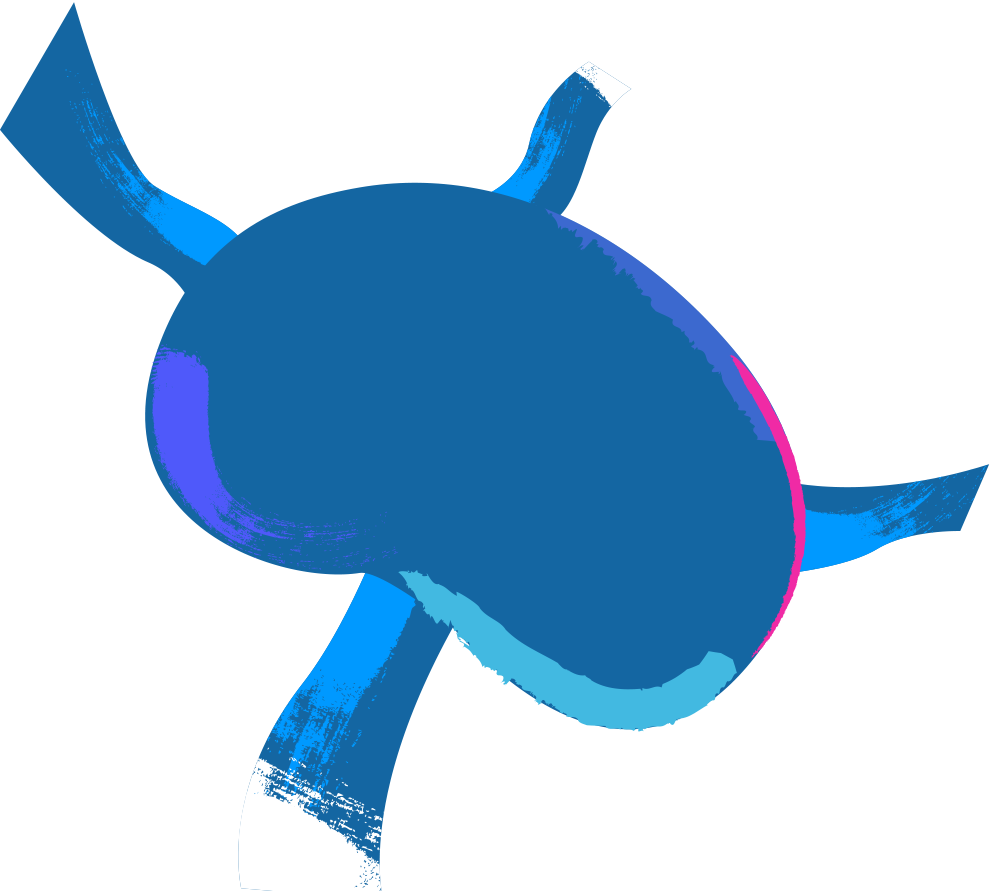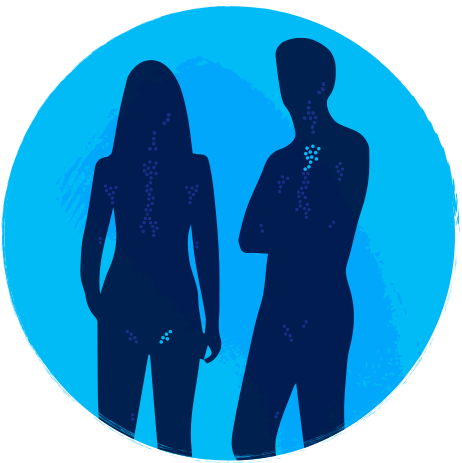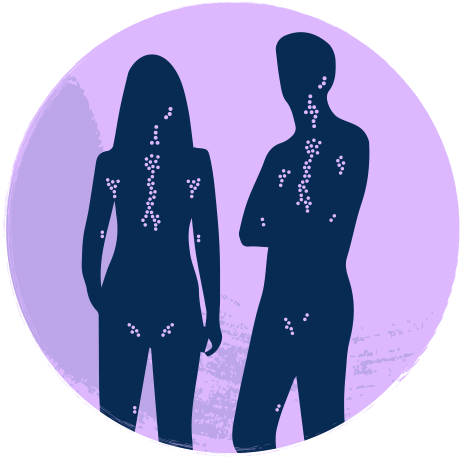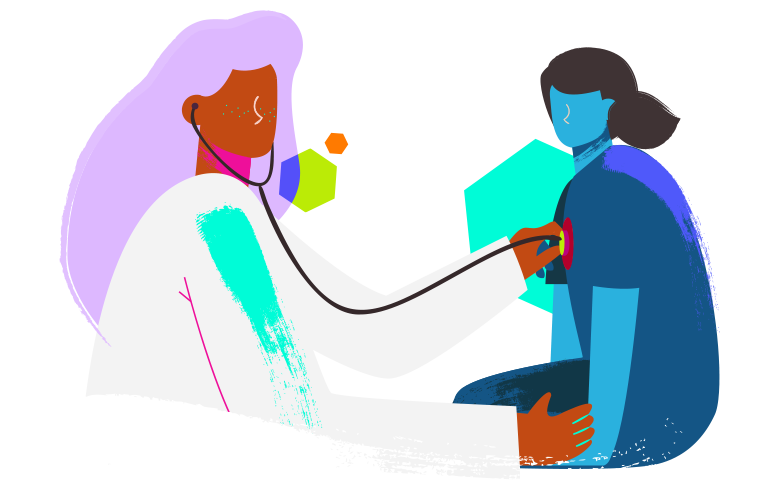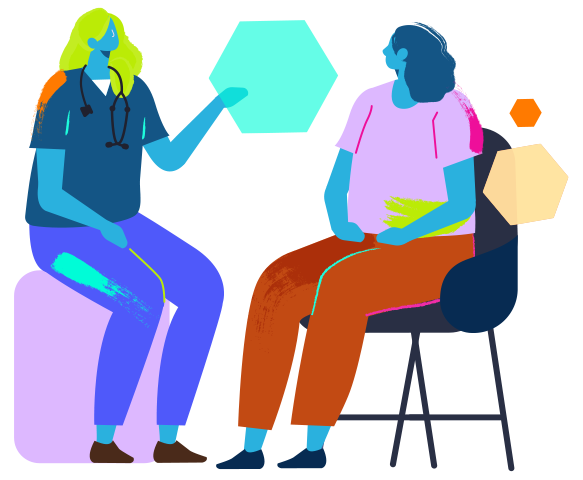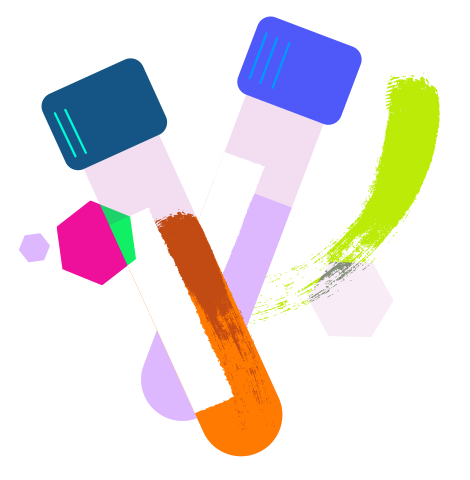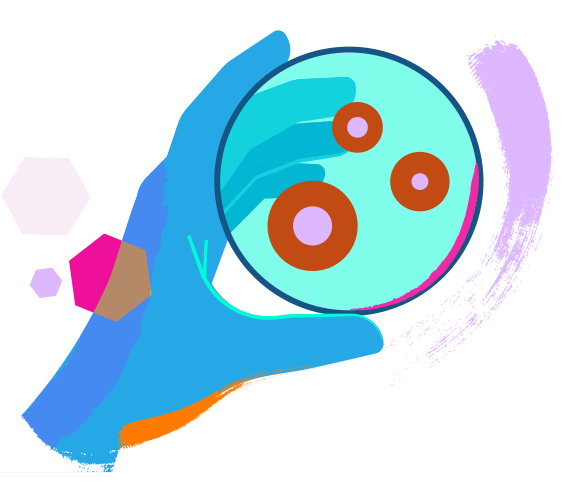Lymph nodes
Lymph nodes are part of your immune system.
They contain specific types of cells which help your body fight off infections.1
Groups of lymph nodes are found in lots of different parts of your body.1,2
In Castleman disease, lymph cells multiply more than normal, directed by hyperactive immune system signals.1,2,5
This causes the lymph node to
get bigger
It also causes changes in the lymph node features1,5
These can only be seen using a
microscope
Castleman disease behaves like cancers of the lymph nodes known as 2,5
lymphoma
However, it is important to know that Castleman disease is not a cancer, and it is treated differently.2,5 However, Castleman disease can increase the risk of developing some types of cancer.2

